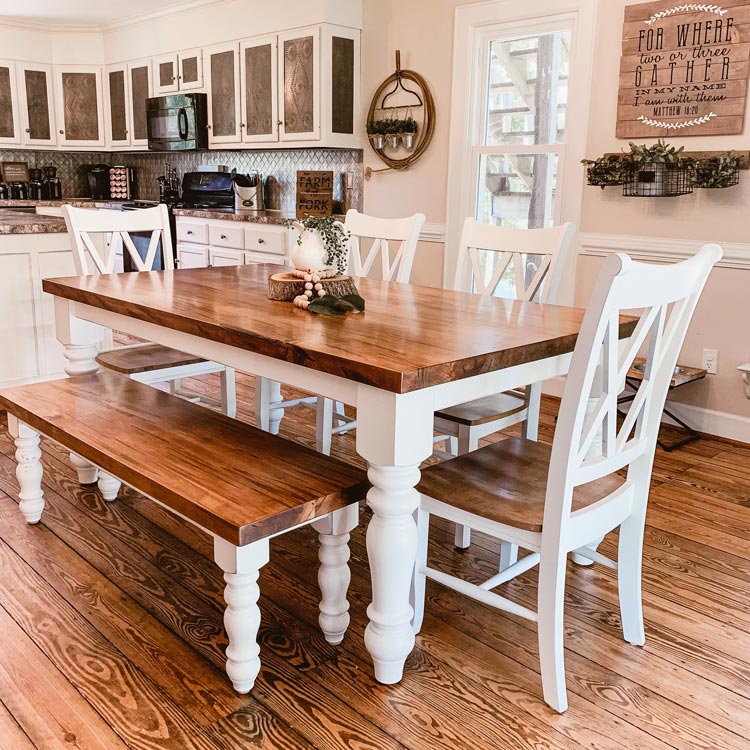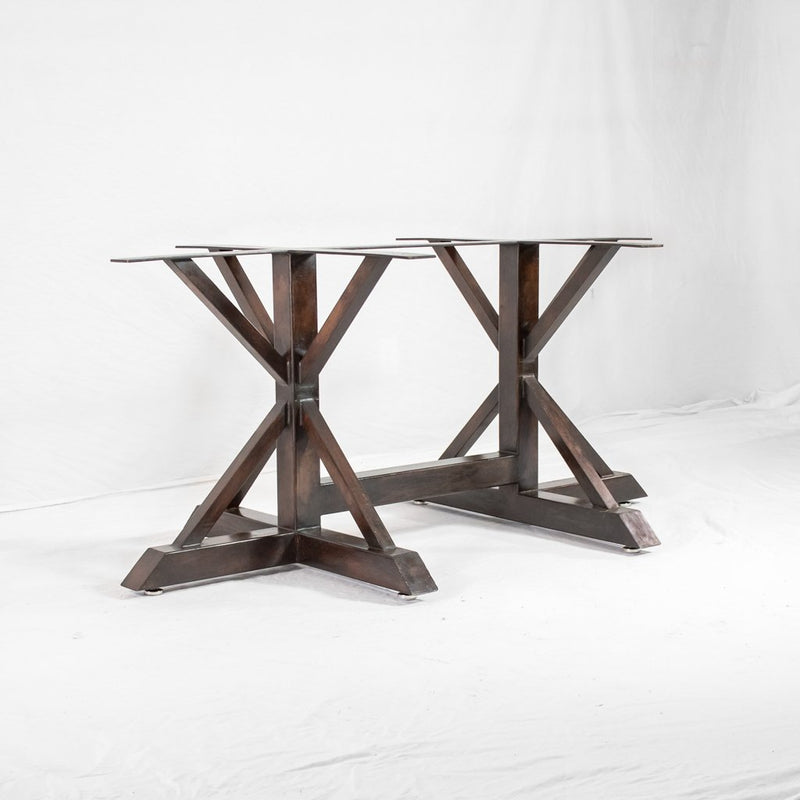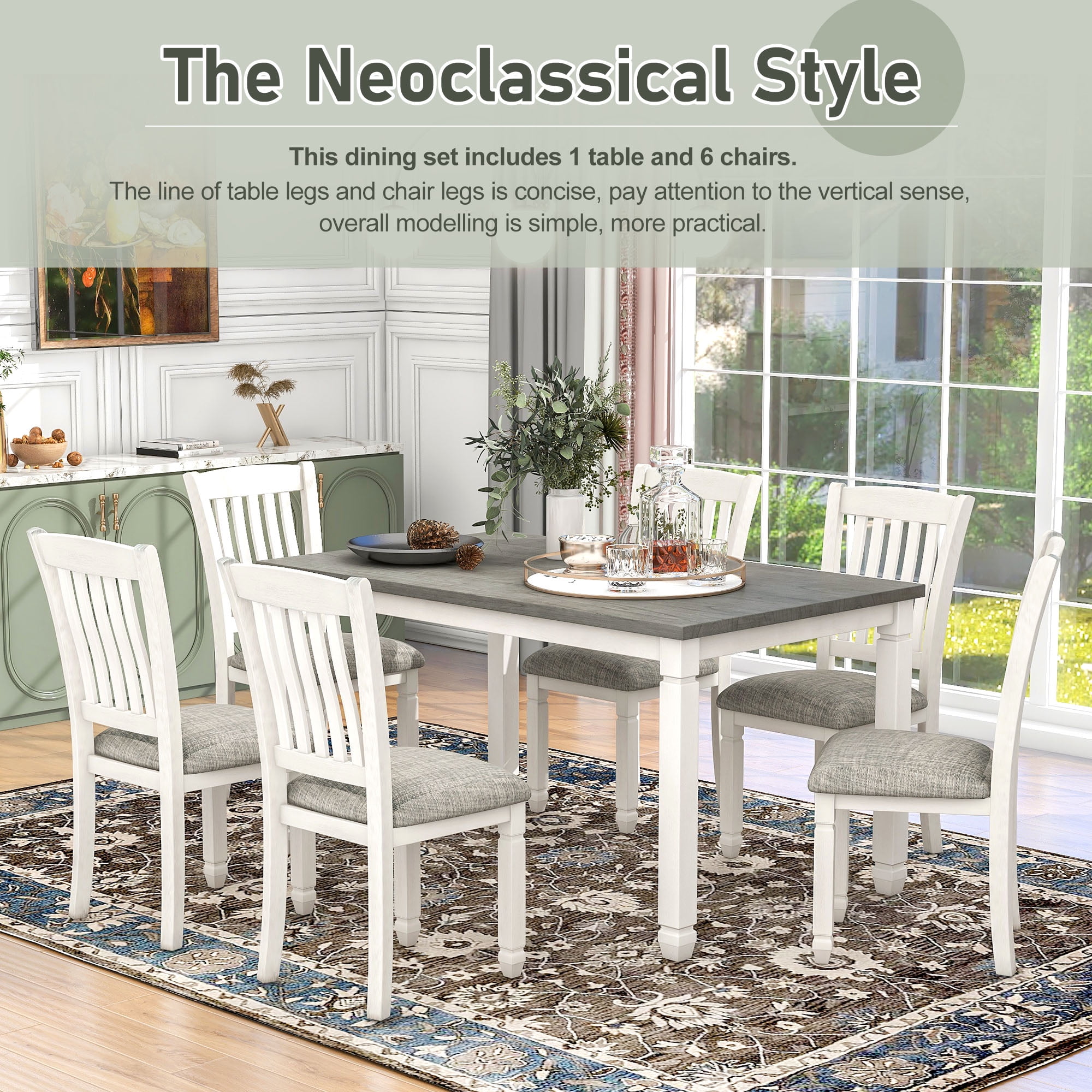How to Choose the Perfect Dining-room Table Legs for Your Home Décor
Choosing the excellent dining room table legs is a nuanced procedure that calls for cautious factor to consider of various aspects, including your area restrictions, aesthetic choices, and sensible requirements. The interplay in between measurements, styles, and materials can dramatically influence the ambiance of your eating location, making it necessary to approach this choice systematically.
Assess Your Eating Room
Analyzing your dining area is vital for choosing the right table legs that enhance both visual appeals and functionality. Begin by gauging the dimensions of your dining area, including ceiling height, floor space, and distance to various other furniture. This details will certainly help identify the ideal size and elevation of your eating table, which directly affects the option of table legs.
Following, take into consideration the design and format of your dining room. An open-concept layout may profit from table legs that offer aesthetic agility, such as slim steel or acrylic choices. On the other hand, an extra standard setting could call for strong wooden legs that supply a sense of durability.
Evaluate the existing color combination and products in your dining location. Balancing the table legs with these aspects develops a cohesive appearance that boosts the general design. Furthermore, consider the performance required in your area. If you frequently organize large gatherings, think about legs that provide added support and security.
Inevitably, a comprehensive evaluation of your eating area will lead you in making an informed choice, ensuring that your table legs not just improve the visual appeal but likewise serve useful objectives.
Consider Your Style Preferences
When selecting dining-room table legs, it is vital to mirror on your personal style choices, as they dramatically influence the general visual of your dining area. Your selection of table legs can either enhance or comparison with existing décor, making it essential to straighten them with your favored interior decoration theme.
If your home leans towards a contemporary aesthetic, think about streamlined steel or minimalist wooden legs that offer a tidy, clean look. For an extra traditional method, luxuriant wooden legs with complex makings can add a touch of sophistication and elegance. Industrial designs benefit from durable, basic materials such as reclaimed wood and steel combinations, mirroring a sturdy appeal.
Additionally, farmhouse and rustic designs often favor durable, chunky legs that evoke a feeling of heat and comfort. Alternatively, if your decoration is eclectic, you may choose unusual shapes or a mix of products to develop visual interest.

Evaluate Material Options
The choice of product for dining area table legs plays a pivotal role in both resilience and visual charm. Usual materials include timber, steel, and composite options, each offering unique qualities that can influence the overall look and longevity of your table.
Timber is a timeless option, known for its warmth and flexibility. Hardwoods like oak and walnut supply outstanding strength and can be finished in numerous spots to match any kind of style. Softwoods like want are more vulnerable to scratches and damages, making them less perfect for high-traffic areas.
Metal legs, frequently crafted from steel or light weight aluminum, exude modernity and industrial beauty. They are resistant and very sturdy to put on, making them ideal for households with kids or regular events (dining room table legs). Furthermore, steel can be ended up in numerous colors, improving the personalization opportunities
Composite products, such as MDF or laminate, offer cost and varied layouts. While normally much less durable than solid why not try these out wood or metal, they can still offer a trendy look and are often very easy to maintain.
Ultimately, the material you select must line up with your lifestyle, aesthetic preferences, and the degree of usage your table will certainly experience.
Determine Height and Size
Selecting the suitable elevation and dimension for your dining room table is necessary for both functionality and comfort. The basic elevation for eating tables generally ranges from 28 to 30 inches, permitting ample legroom for the majority of individuals when seated. Nonetheless, it is important to consider the dimensions of your eating space and the sorts of chairs you prepare to use.

Moreover, consider the percentages of your dining area. A larger table in a spacious area can develop a grand setting, while a smaller table works well in even more intimate setups. Ultimately, the ideal height weblink and dimension will balance with your total style and boost the dining experience for you and your visitors.
Explore Modification Opportunities

In addition, the design of the legs can be personalized to fit numerous designs, such as rustic, modern, or industrial. Tapered legs can evoke a mid-century modern feel, while beefy, block-style legs might reverberate with typical or farmhouse decoration.
Homeowners can additionally check out shade surfaces, from all-natural timber stains to repaint, enabling them to match or comparison with the table top and surrounding decor.
Additionally, leg elevation can be adapted to accommodate particular seating setups or individual preferences, improving both convenience and functionality.
Finally, one-of-a-kind decorations, such as carvings or ornamental braces, can even more personalize the table legs, making the dining experience not simply a meal but a declaration piece in the home. By thinking about these modification choices, house owners can create a dining room table that truly shows their uniqueness.
Final Thought
Choosing the optimal dining-room table legs requires careful consideration of various aspects, consisting of the dimensions of the eating room, style choices, product resilience, and wanted height. Modification alternatives better improve the capability to attain a natural visual that matches the overall decor. By systematically examining these components, house owners can guarantee that the selected table legs not only fulfill functional needs yet likewise contribute positively to the eating experience and setting of the home.
Choosing the suitable dining area table legs is a nuanced process that requires careful factor to consider of different elements, including your area restrictions, visual choices, and useful needs.Examining your eating space is important for selecting the right table legs that complement both appearances and functionality.When determining dimension, measure the area where the table will be placed to ensure it fits pleasantly, allowing for at the very least 36 inches of clearance around the table for simple motion. A larger look at this website table in a spacious location can develop a grand atmosphere, while a smaller table functions well in more intimate settings.Choosing the ideal dining room table legs calls for mindful consideration of various aspects, including the measurements of the eating room, design preferences, material longevity, and desired height.